INTRODUCTION TO MODEL UN
New to Model UN? Looking to improve your skills? First time in a crisis committee? We recommend beginning your preparation by reading through the NAIMUN Delegate Training Guide. This training resource, compiled by our conference Secretariat, contains a basic overview of standard and specialized committees, as well as expert tips for succeeding in committee.
What is Model United Nations?
Model United Nations is a form of international relations debate that places students acting in the capacity of diplomats, ambassadors, and heads of state of a nation into the wide committees, conferences, and forums of the large United Nations infrastructure and beyond. Delegates will have to research topics, imagine solutions, debate with their fellow delegates, reach compromises, and arrive at resolutions that may solve some of the foremost problems facing the globe today.
What kind of committees should I expect at NAIMUN?
NAIMUN committees are organized into six standing bodies called organs: General Assemblies; Economic and Social Councils; Historical Crisis; Contemporary Crisis; Non-Traditionals; National Security Apparatus.
General assemblies
General Assemblies (GAs) are large gatherings of delegates that address fundamental issues in a very realistic environment – examples include the traditional 1st Committee (DISEC) and 2nd Committee (ECOFIN) as well as unconventional committees such as the World Health Organization, among others.
Economic and social councils
Economic and Social Councils (ECOSOCs) are moderate to large size committees, including regional bodies, that specialize in working with, as their name suggests, economic and social issues – examples include British House of Commons, the commission on the Status of Women, and the African Union.
Historical crisis
Historical Crisis are small crisis committees that cover important historical events throughout history that are still relevant today, requiring delegates to step into the roles of important historical state and non-state actors to address a range of topics including the Daughter of the Nile Union, 1950 and the Roman-Seleucid War.
Contemporary Crisis
Contemporary Crisis consists of small committees that bring delegates into contemporary crisis situations like the United Nations Security Council, the Alibaba Board of Directors, and the Cabinet of Michelle Bachelet.
Non-Traditionals
Non-Traditionals are small committees dealing with all sorts of issues and often follow unconventional rules of procedure or examine specialized topics – examples include the Ad-Hoc Committee of the Secretary-General, Supreme Court of the United States, and Press Corps.
National Security Apparatus
The National Security Apparatus (NSA) — this year focused on The Indonesian National Revolution — is the only one of its kind on the high school circuit, made up of five small crisis-style committees existing within the same universe.
Where should I go from here?
Research
Research is the first and foremost aid in preparing for the conference, and there are multiple resources and sites that can aid delegates in the preparation of these data.
Writing
After collecting the information, delegates must write a Position Paper that summarizes their nation’s position on specific issues and lays out the goals the nation wants to achieve in committee.
Training
At the conference, delegates will use Parliamentary Procedure to debate, discuss, and compromise with other delegates on the issues. Those in crisis committees may also use Crisis Parliamentary Procedure that modifies traditional procedures.
The NAIMUN Secretariat offers a series of free, virtual training sessions through the Training and Interactive Program with the Secretariat (TIPS). Sign up as an individual or as a delegation to attend some of all of our sessions..
Other resources
Other useful information for advisors can be found in the Advisor Resources section of this guide. We wish you the best of luck and look forward to greeting you at NAIMUN!

